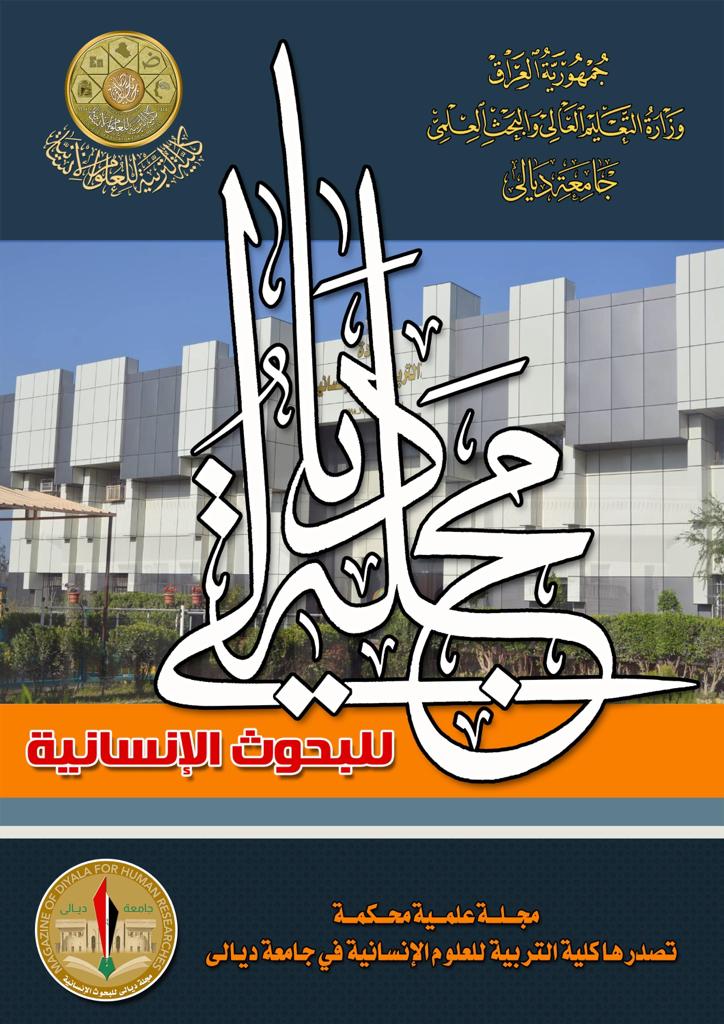Edge Detection in Sensor Networks using Image Processing
Main Article Content
Abstract
Edge detection is a widely studied problem in image processing and there are several well-developed edge detection algorithms in that domain. These algorithms are inherently scalable, localized and distributed in nature, with same computational approach applied at each pixel. Every pixel utilizes the values of pixels in its local neighborhood. Therefore application of these image processing algorithms in large sensor networks for solving the problem of edge detection is tempting. But applying those techniques directly in sensor network domain is not possible as unlike regular pattern of pixels in an image the sensors locations are random within the domain. This is due to the random deployment of sensor nodes over the geographical area.
In this work we propose an approach to modify these image processing techniques, taking into consideration the randomness of sensor nodes in the sensor field, to solve the boundary detection problem in sensor networks. A sensor network could be deployed in a region where there exist distinct sensing environments. To detect the demarcation of this boundary is the primary focus of our work. we propose an approach to modify the existing gradient based edge detection techniques in image processing domain to solve the boundary detection problem in sensor networks. Since the sensor readings are spatially correlated, in order to moderate noisy measurements, we combine information from neighboring sensors in our scheme. We give anon-weighted neighborhood approach and a weighted neighborhood approach to interpolate the missing sensor values. Taking the radio range (R) and the density of deployment of the sensor nodes(D) as the two parameters we have analyzed the performance of our approach using different simulation environments and different performance metrics. Our analysis shows that the performance highly depends upon the two parameters R and D. With high density of deployment performance achieved increases. Finally we have defined a metric to achieve optimization in the choice of radio range (R) for a particular density(D).
